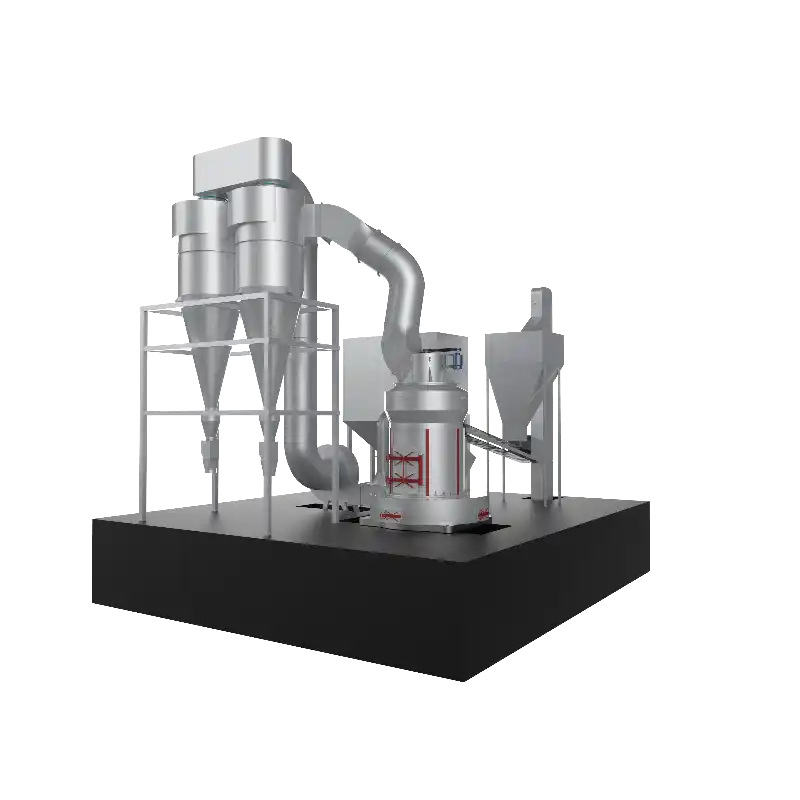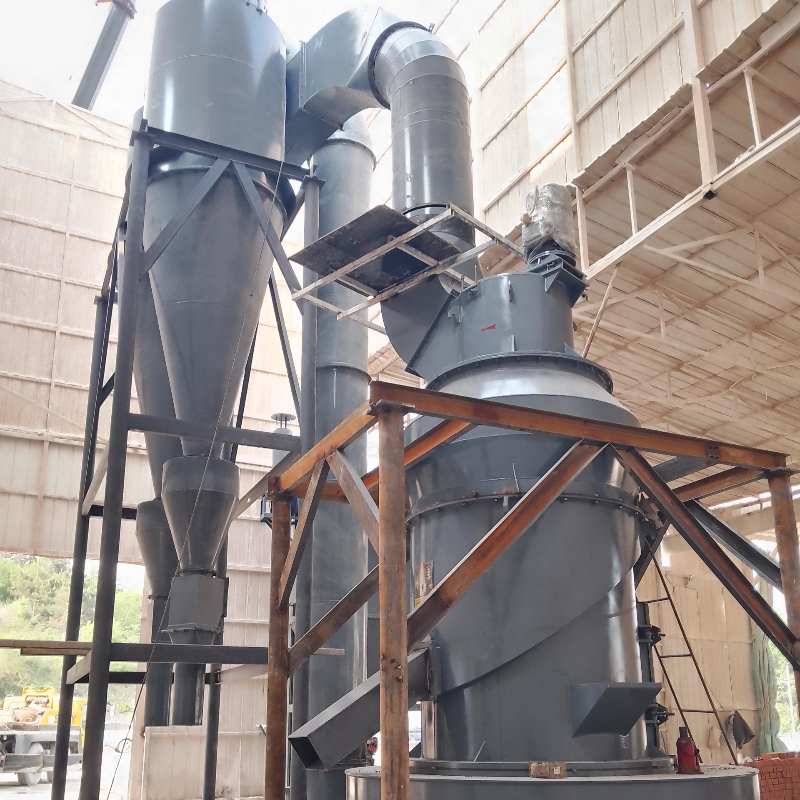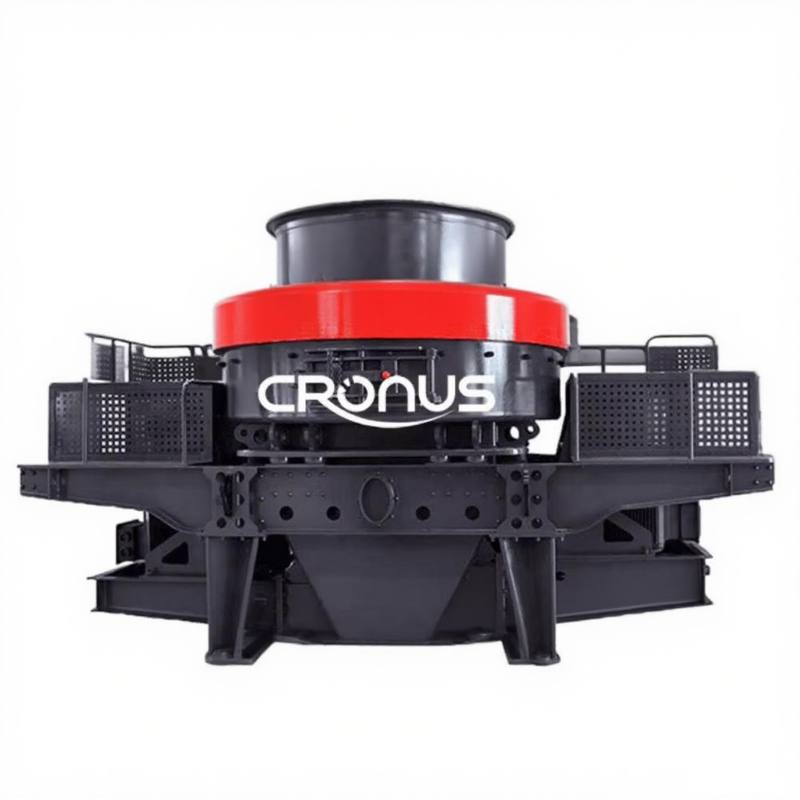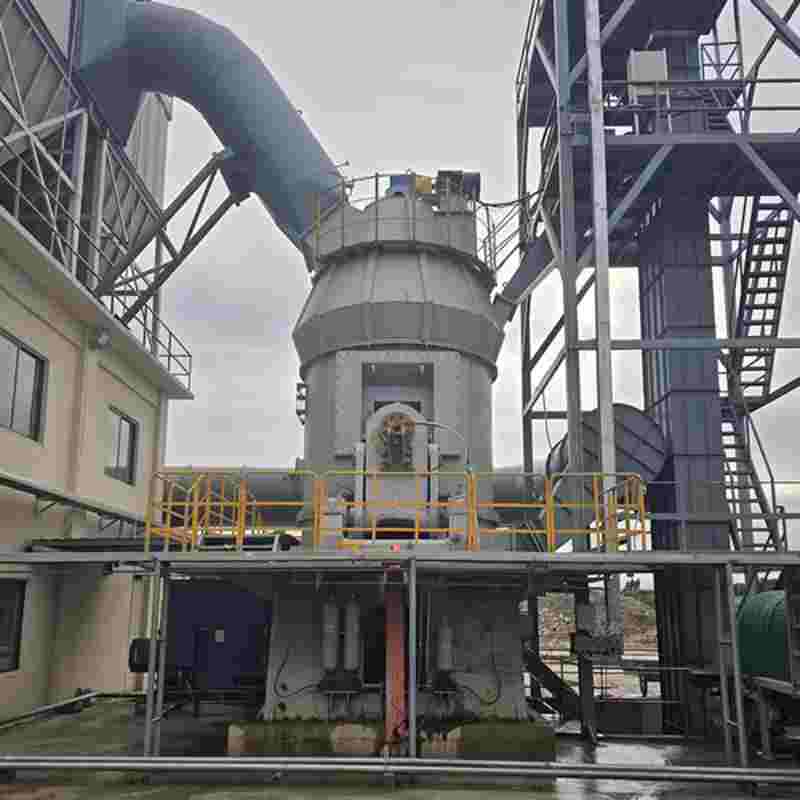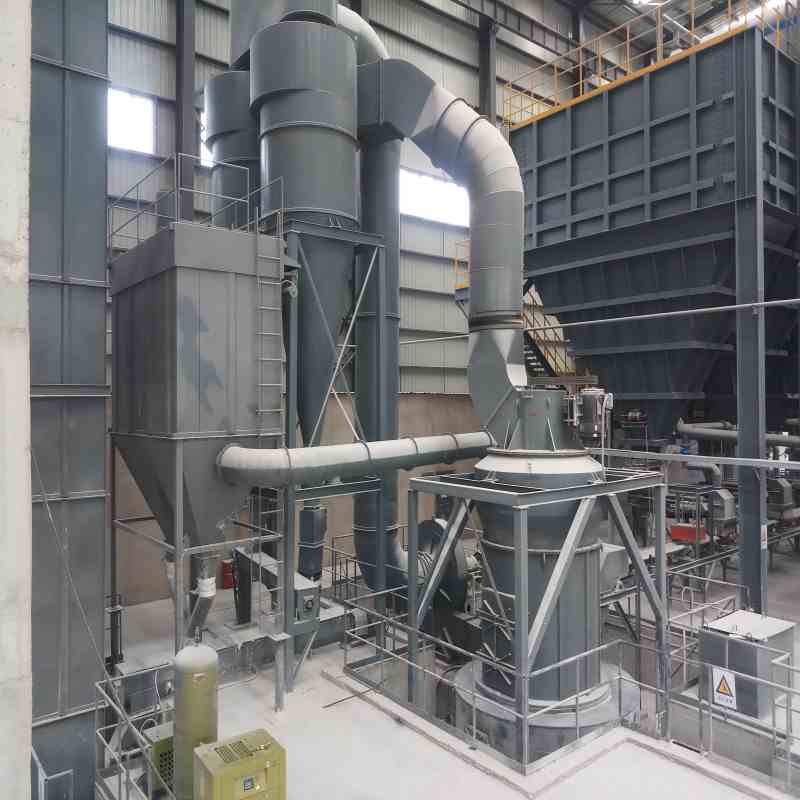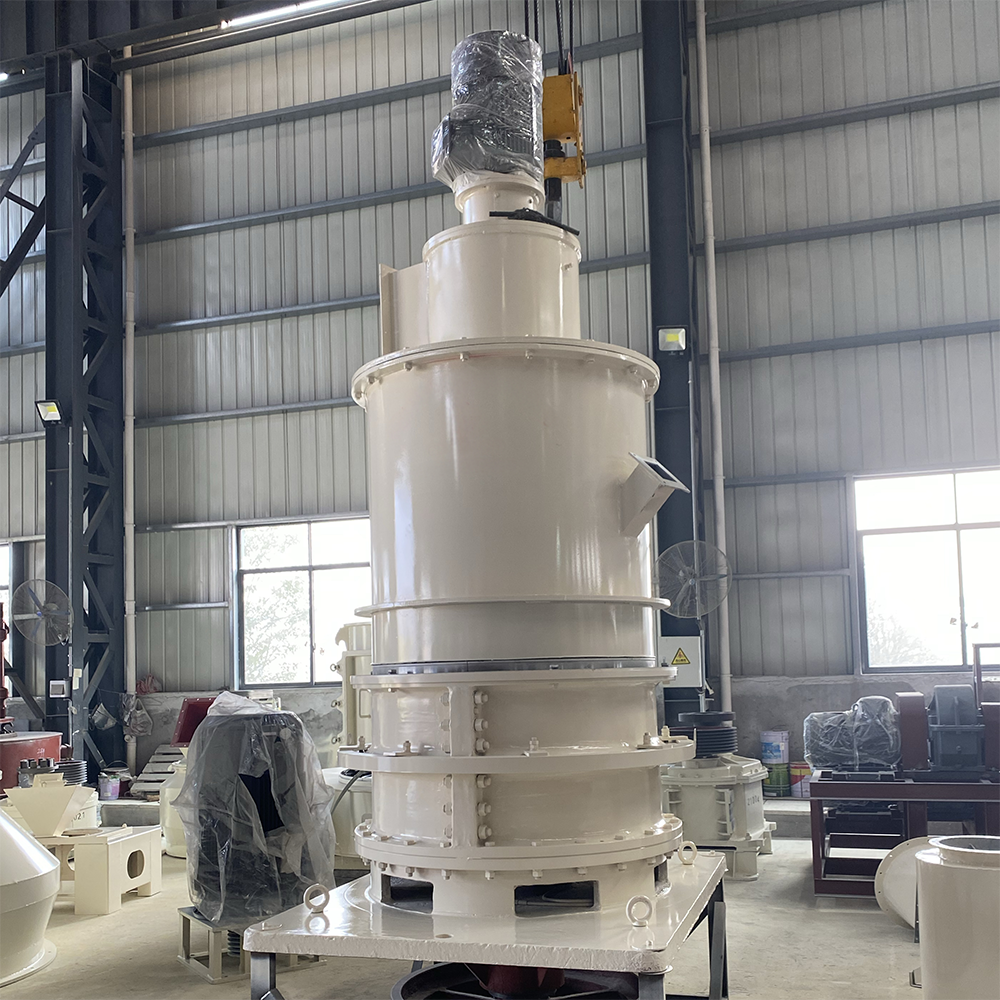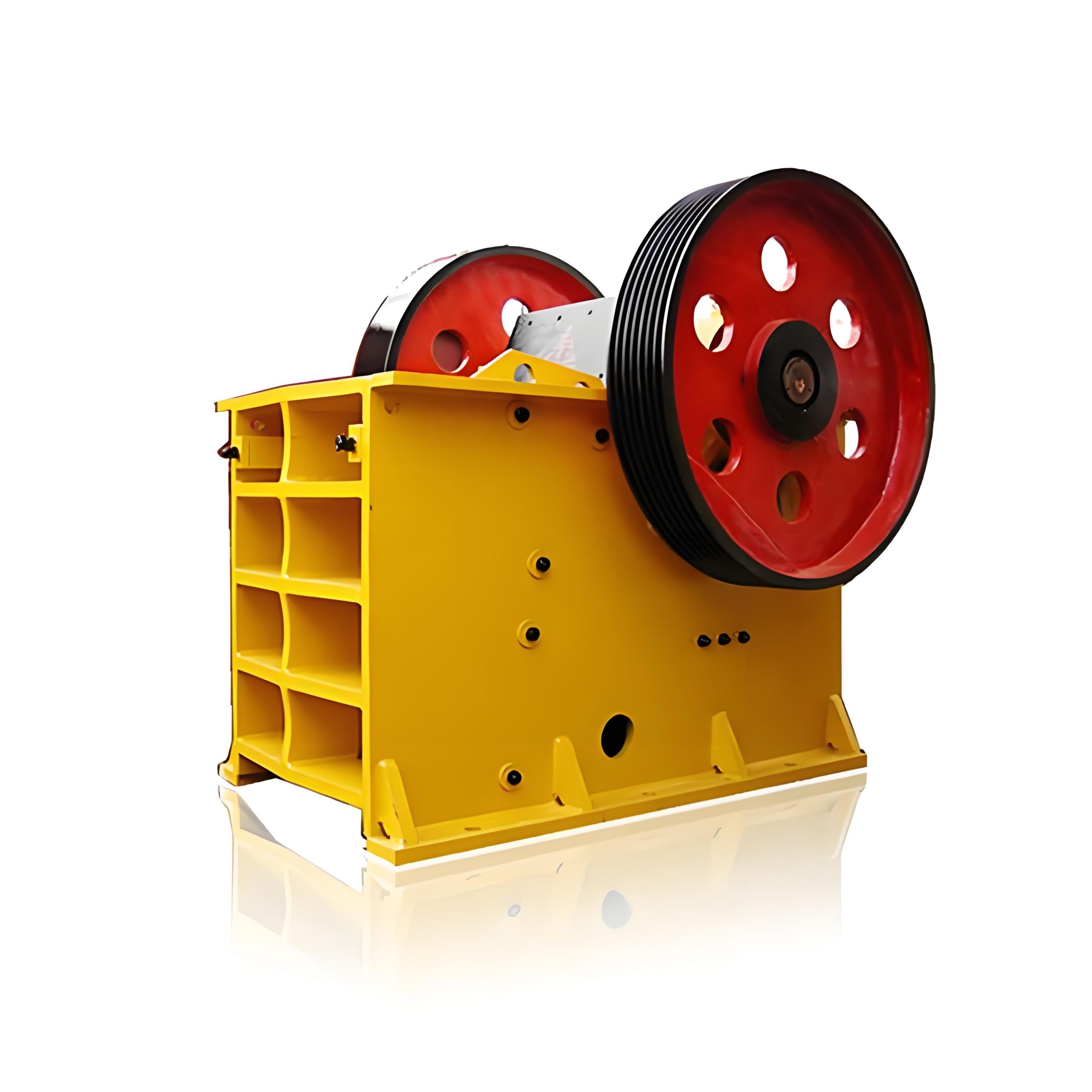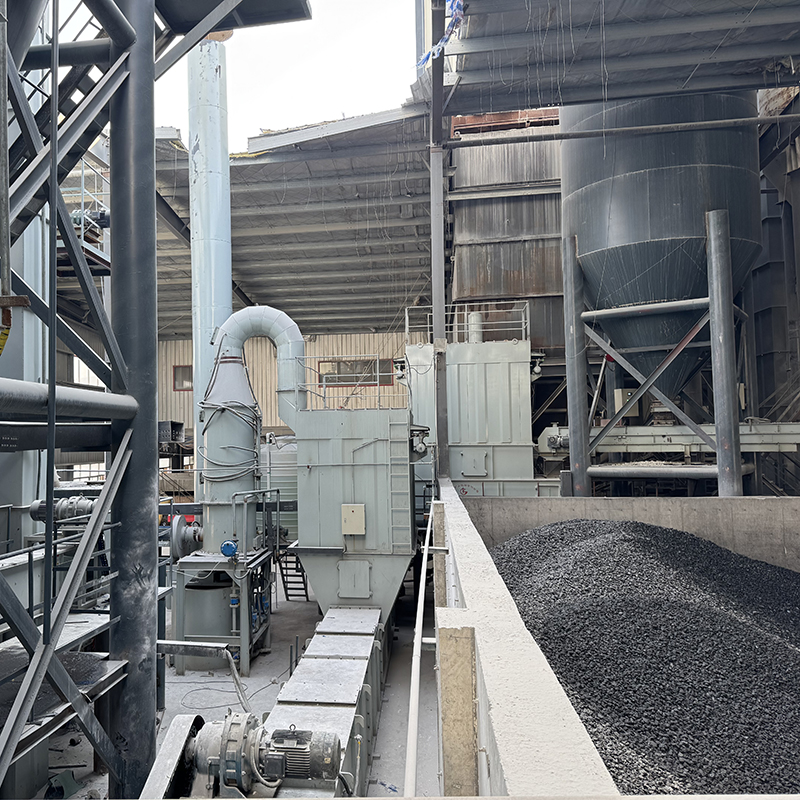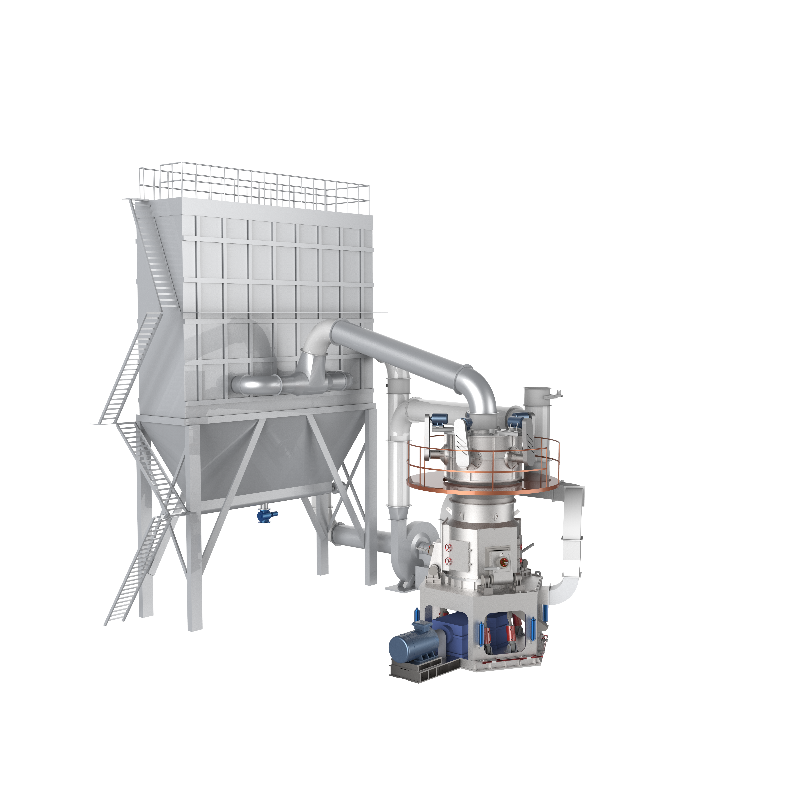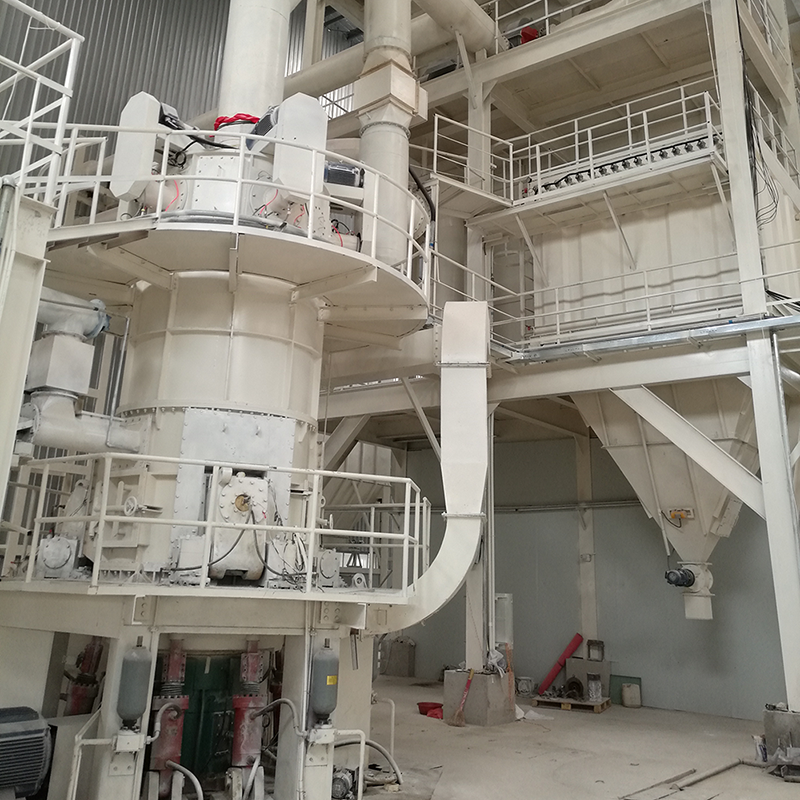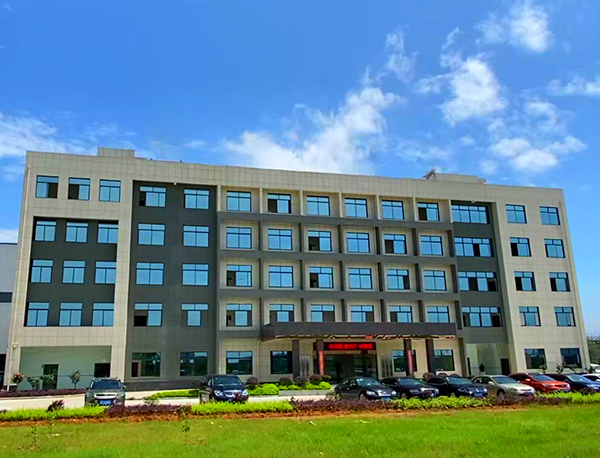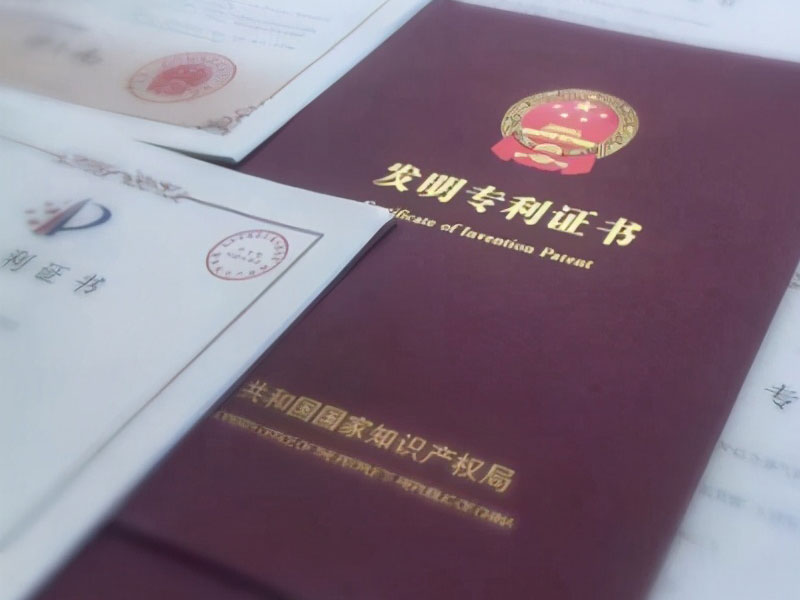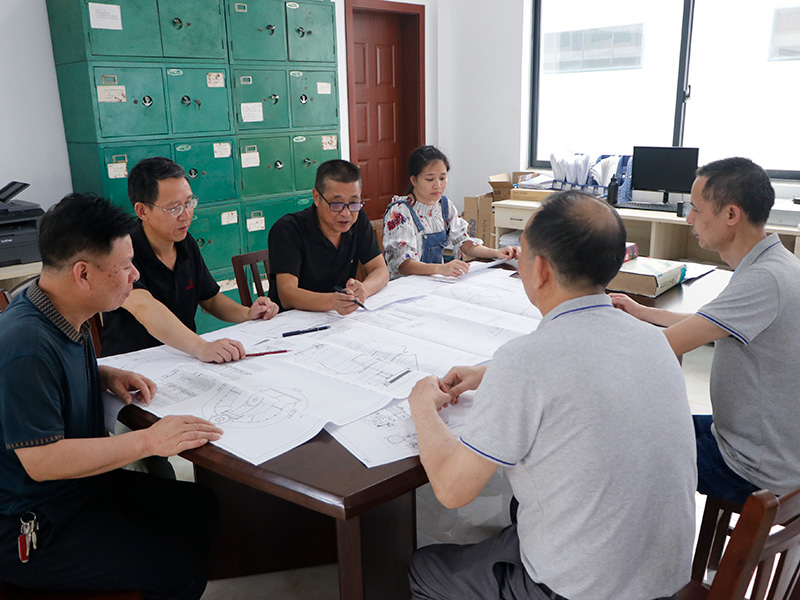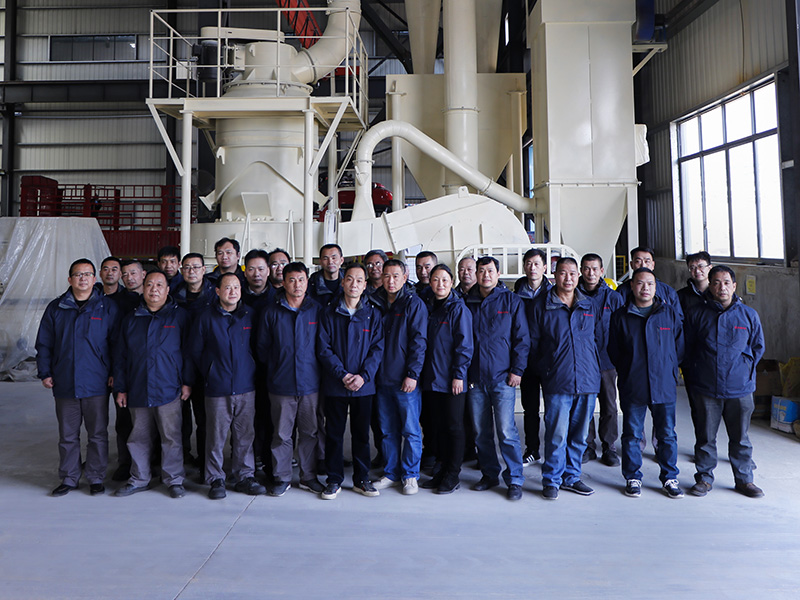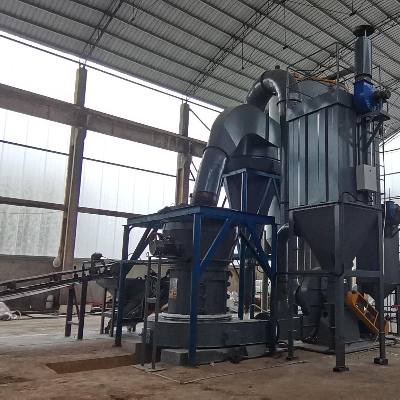
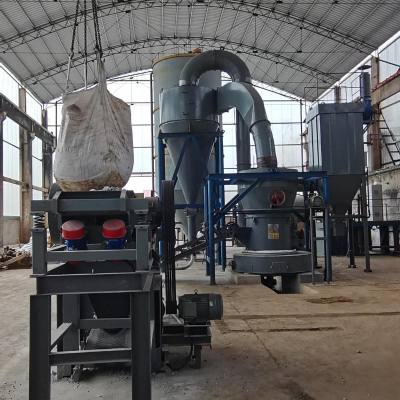
In the stone processing industry, marble is highly sought after for its unique texture and elegant appearance, and is widely used in architecture, decoration, and artwork. However, marble's high hardness and wear resistance also pose significant challenges to processing. As a common grinding device, is the Raymond mill up to the task of grinding marble? This article will provide a detailed analysis of the Raymond mill's operating principle, structural features, the physical properties of marble, and practical application cases, exploring its feasibility and optimization methods for marble processing.
1. Operating Principle and Structural Features of the Raymond Mill
The Raymond mill is a type of grinding equipment widely used in the mining, building materials, and chemical industries. Its main working components include grinding rollers, grinding rings, scrapers, and a center shaft. In a Raymond mill, the grinding rollers roll against the grinding rings under centrifugal force, crushing the material. Airflow then conveys the fine powder to the classifier for classification.
Key features of the Raymond mill include:
- High-efficiency grinding: Utilizing a lamination grinding principle, the Raymond mill offers high grinding efficiency and is suitable for materials with medium hardness or below.
- Adjustable fineness: By adjusting the analyzer speed and air volume, the finished product fineness can be controlled to meet varying requirements.
- Simple Structure: Raymond mills are compact, occupy a small footprint, and are easy to operate and maintain.
II. Physical Properties of Marble
Marble is primarily composed of calcium carbonate (CaCO₃), making it a metamorphic rock with a hardness typically ranging from 3 to 4 on the Mohs scale. Despite its relatively low hardness, marble possesses high wear resistance and compressive strength, placing high demands on the equipment used for its processing.
The impact of marble's physical properties on grinding equipment is primarily reflected in the following aspects:
- Hardness: While marble's hardness is not particularly high, it still requires grinding equipment with sufficient grinding force and wear resistance.
- Wear Resistance: Marble's high wear resistance can easily cause wear and tear on equipment during the grinding process.
- Brittleness: Marble easily breaks when impacted, so the grinding force must be controlled to avoid excessive crushing.
III. Feasibility Analysis of Using a Raymond Mill for Marble Grinding
1. Grinding Capacity
Raymond mills are suitable for materials with a hardness below medium. Marble has a hardness between 3 and 4 on the Mohs scale, so theoretically, a Raymond mill is capable of grinding marble. However, due to marble's high abrasiveness, the rollers and grinding rings of a Raymond mill may experience increased wear over extended periods of marble grinding, necessitating regular inspection and replacement of consumable parts.
2. Fineness Control
Raymond mills can control the fineness of the finished product by adjusting the analyzer speed and air volume, which is an advantage for marble powder fineness requirements. In practical applications, Raymond mills can produce marble powder with a fineness that meets the requirements for architectural and decorative applications.
3. Output and Efficiency
Raymond mills offer high grinding efficiency, meeting general production needs. However, for large-scale production and high-volume requirements, Raymond mills may require a higher-power motor and a more efficient powder selection system.
4. Practical Application Examples
Raymond mills are widely used in marble powder production. For example, in some marble processing plants, Raymond mills are used to grind marble blocks into powders of varying fineness for use in architectural coatings, plastic fillers, rubber products, and other applications.
The following are some practical experience and recommendations:
- Equipment Selection: Select a Raymond mill model suitable for marble grinding, ensuring that the materials used for the grinding rollers and grinding rings are sufficiently wear-resistant. Consider using alloy steel grinding rollers and grinding rings to extend the equipment's service life.
- Operation and Maintenance: Regularly inspect the grinding rollers and grinding rings for wear and replace wearing parts promptly. Adjust grinding parameters, such as analyzer speed and air volume, to control the fineness of the finished product. Keep the equipment clean and lubricated to ensure proper operation.
- Process Optimization: Grinding efficiency and product quality can be improved by improving the grinding process, such as adopting wet grinding or adding grinding aids. During the grinding process, an appropriate amount of grinding aid can be added to reduce equipment wear and improve grinding efficiency.
V. Conclusion
In summary, Raymond mills are theoretically capable of grinding marble and have achieved good results in practical applications. However, to ensure grinding results and equipment life, appropriate selection and improvements are required in equipment selection, operation and maintenance, and process optimization.
For companies that need to grind marble into powder, Raymond mills are a viable option, but the following points should be noted:
- Equipment Selection: Select a Raymond mill model suitable for marble grinding, ensuring its wear resistance and grinding capacity.
- Operation and Maintenance: Regularly inspect and maintain the equipment, and replace wearing parts promptly.
- Process optimization: According to actual production needs, optimize the grinding process to improve grinding efficiency and product quality.
Through reasonable equipment selection and operation and maintenance, Raymond mill can effectively complete the marble grinding task and bring good economic benefits to the enterprise.

